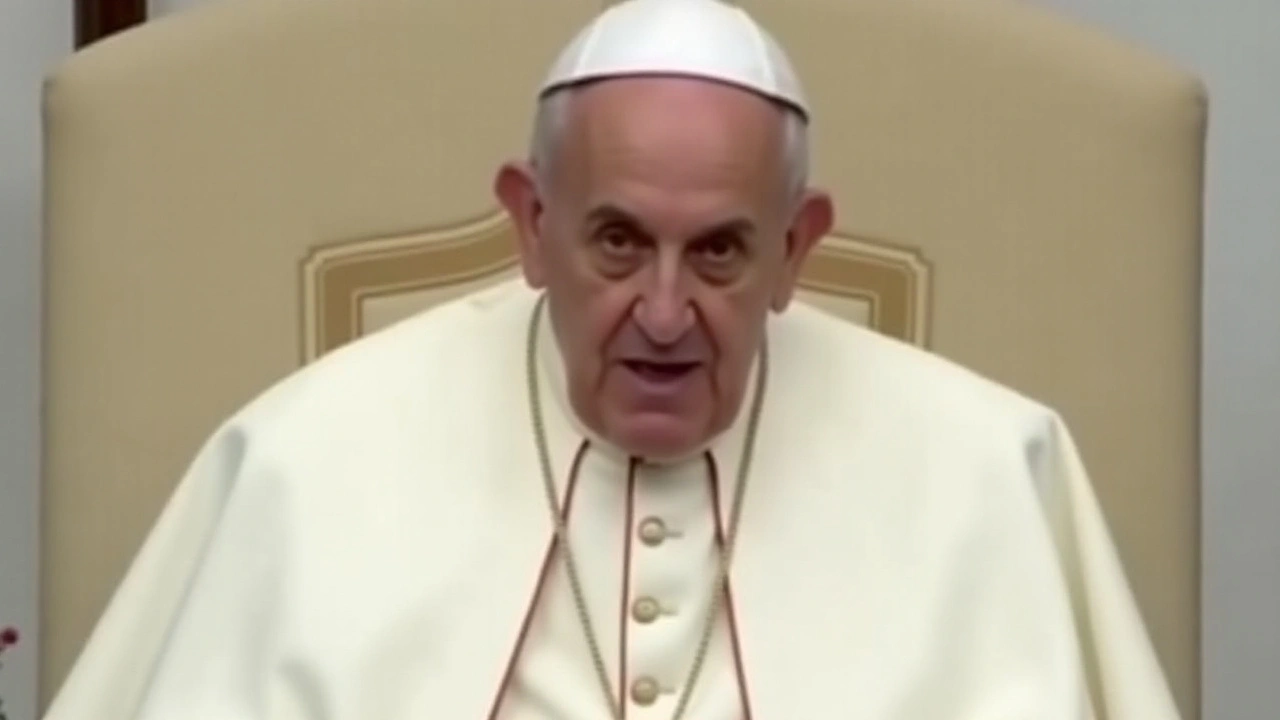Peace Diplomacy: Practical Steps to Build Lasting Peace
Peace diplomacy is about people talking, solving problems, and making agreements that last. It isn’t just big speeches or meetings; it’s practical actions—mediation, local talks, clear timelines, and follow-up. If you care about safer communities or steady growth, understanding how peace diplomacy works helps you spot what works and what doesn’t.
Start with listening. Who is affected by the conflict? Who feels left out? Good diplomats and mediators spend more time asking questions than giving orders. Listening helps shape solutions that people actually accept, not just ones that look good on paper.
Simple steps diplomats use
First, open channels. Even when fighting continues, back-channel talks or neutral locations let people test ideas without pressure. Second, include local leaders—religious figures, women, youth groups, and community elders. They know the daily reality and can help turn agreements into action on the ground.
Third, set clear, small goals before big ones. A short ceasefire, safe corridors for aid, or local truces build trust. Small wins reduce violence and create momentum for bigger deals. Fourth, agree on verification. Who checks that both sides keep promises? Independent monitors, community committees, or trusted regional bodies work well.
How different actors can help
Regional organizations matter. The African Union, regional blocs, and neighboring states can pressure spoilers and support logistics. International actors offer technical help and money, but local ownership is key. Support should empower local institutions, not replace them.
Women and youth must be at the table. Studies show peace deals signed with broad participation last longer. Women often push for social services and reconciliation; youth bring new ideas and energy. Include them early, not as an afterthought.
Use incentives wisely. Economic projects, jobs, and quick service repairs—like water or schools—give people a stake in peace. Donors and governments should link aid to measurable steps, while protecting aid from being diverted by armed groups.
Communicate clearly. Simple, honest updates reduce rumors and fear. Use radio, social media, and community meetings to explain agreements and timelines. When people understand what to expect, they cooperate more.
Track-two diplomacy—talks between former officials, civil society, or business leaders—can test solutions away from cameras. These informal talks often prepare ground for formal agreements and help solve tricky details.
Finally, plan for the long term. Peace needs institutions: fair courts, local policing, and transparent budgets. Short-term deals without follow-up fail. Commit to monitoring, step-by-step reforms, and local capacity building so progress lasts.
If you’re a journalist, activist, or policymaker, focus on facts, local voices, and practical next steps. Ask who benefits, who’s left out, and what small win can be achieved next. Peace diplomacy isn’t magic. It’s careful work, patient listening, and steady follow-through.

Pope Francis Condemns Global Failures in Halting Israel-Hamas Conflict
In a poignant commentary delivered on a symbolic anniversary, Pope Francis outspoke his dissatisfaction with the global community's ineffectiveness in quelling the Israel-Hamas dispute. As violence continues to carve a path of destruction and humanitarian crisis, the Pope's stern appeal for committed international diplomacy highlights a pressing global need for peace. His words echo widespread frustration and impatience for enduring conflict resolution.